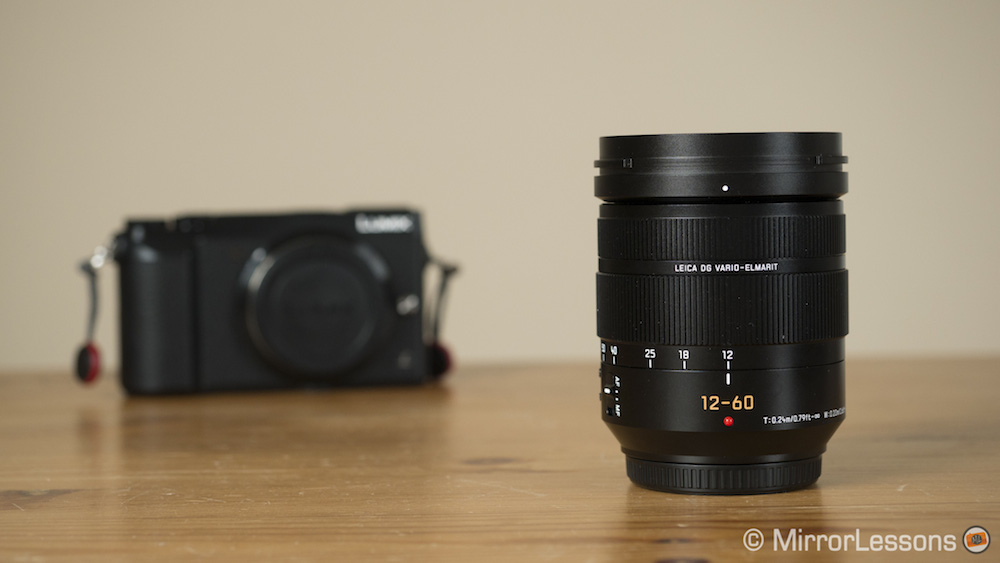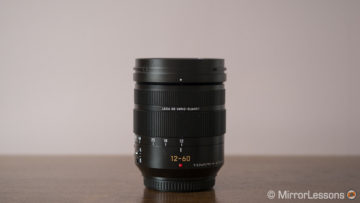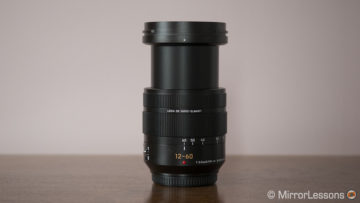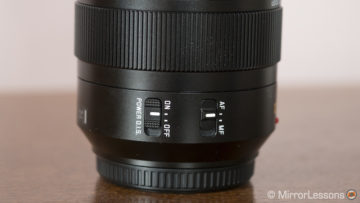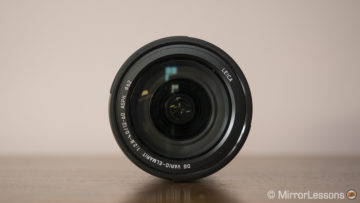The latest lens in Panasonic’s range of premium Leica DG optics is the 12-60mm f/2.8-4.0. Following the Lumix 12-35mm f/2.8 (mark I and II) and M.Zuiko 12-40mm f/2.8 PRO, it becomes the third high quality standard zoom for Micro Four Thirds. Although it lacks the constant aperture of its siblings, it offers more reach on the telephoto end, which makes it a good option for everyday photography and travel.
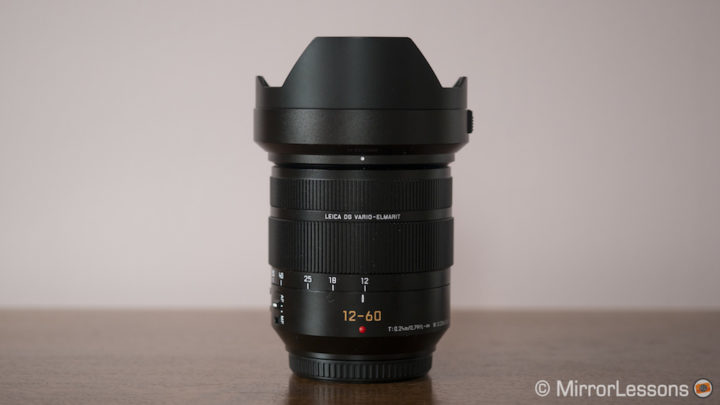
We had the chance to test this new lens for two weeks on the Lumix G85, and as in the case of all our most recent reviews, our findings have been summarised in the video posted below!
Ethics statement: We were provided with a sample of the Panasonic Leica 12-60mm f/2.8-4.0 to test. We were not asked to write anything about the lens in exchange for the opportunity and were not provided any other compensation of any kind. Within the article, there are affiliate links. If you buy something after clicking the link, we will receive a small commission. Don’t worry – prices remain the same for you. To know more about our ethics, you can visit our full disclosure page. Thank you!
Main Specifications
- Mount: Micro Four Thirds
- Focal length: 12-60mm (24-120mm in 35mm equivalent terms)
- Lens configuration: 14 elements in 12 groups (4 aspherical lenses, 2 ED lenses)
- Lens coating: Nano surface coating
- Angle of view: 84° (wide) or 20°(tele)
- Minimum focusing distance: 20cm (wide) or 24cm (tele)
- Magnification: 0.3x
- Aperture blades: 9 circular diaphragm blades
- Aperture range: 2.8 to 22 (wide) or 4 to 22 (tele)
- Filter diameter: 62mm
- Weather-sealing: Yes
- Optical stabilisation: Yes (POWER O.I.S.)
- Dimensions: 86mm x 68.4mm
- Weight: 320g
Video review
Below you can watch our video review of the Panasonic Leica 12-60mm f/2.8-4.0. It contains all the most important information about the lens, including the design, build quality, optical quality, autofocus performance, optical stabilisation, and some extra considerations.
Table of contents:
0:39 – Design and build quality
1:53 – Optical quality
4:00 – Autofocus
4:46 – Optical Stabilisation
5:28 – Conclusion
Summary of our findings
- features a solid metal barrel with smooth and accurate focus and zoom rings and two physical switches
- a good fit for larger Micro Four Thirds models but may overwhelm some of the smaller bodies
- delivers sharp results through the aperture and focal range at both the centre and in the corners
- the bokeh is somewhat “busy” but is enough for casual portraits or close-up work
- flare occurs if you shoot directly into the sun but chromatic aberrations are extremely-well controlled
- barrel distortion is present at the widest angle and vignetting occurs up to f/5.6
- the autofocus motor is quick, accurate and silent for both stills and video recording
- the optical stabilisation on its own made it possible to take in-focus shots down to 1 second at 12mm or 0.4 seconds at 60mm
Our Verdict

The Pana-Leica 12-60mm, as a standalone product, has all the characteristics of an excellent standard zoom lens. Sharpness is impressive through the aperture and zoom range, the optical stabilisation is very effective whether used on its own or with Dual I.S., the autofocus is quick and accurate, and the build quality is top of the line.
The only “issue”, if we can call it that, is the existing competition: the Olympus M.Zuiko 12-40mm f/2.8 PRO and the mark I version of the Lumix 12-35mm f/2.8. In lieu of the extra reach on the telephoto end, they benefit from both a constant 2.8 aperture and a much more competitive price.
For this reason, we would only recommend the Pana-Leica 12-60mm if you truly feel you can take full advantage of the additional zoom range. For example, it could be a suitable choice for those who intend to use the lens for 90% of their everyday photography, or prefer to travel with one all-purpose lens instead of multiple primes.
Otherwise, the already-existing constant apertures zooms are more than enough for most needs, particularly if you plan to complement them with a constant aperture telephoto zoom such as the Olympus M.Zuiko 40-150mm f/2.8 or Lumix 35-100mm f/2.8.
Sample Images











